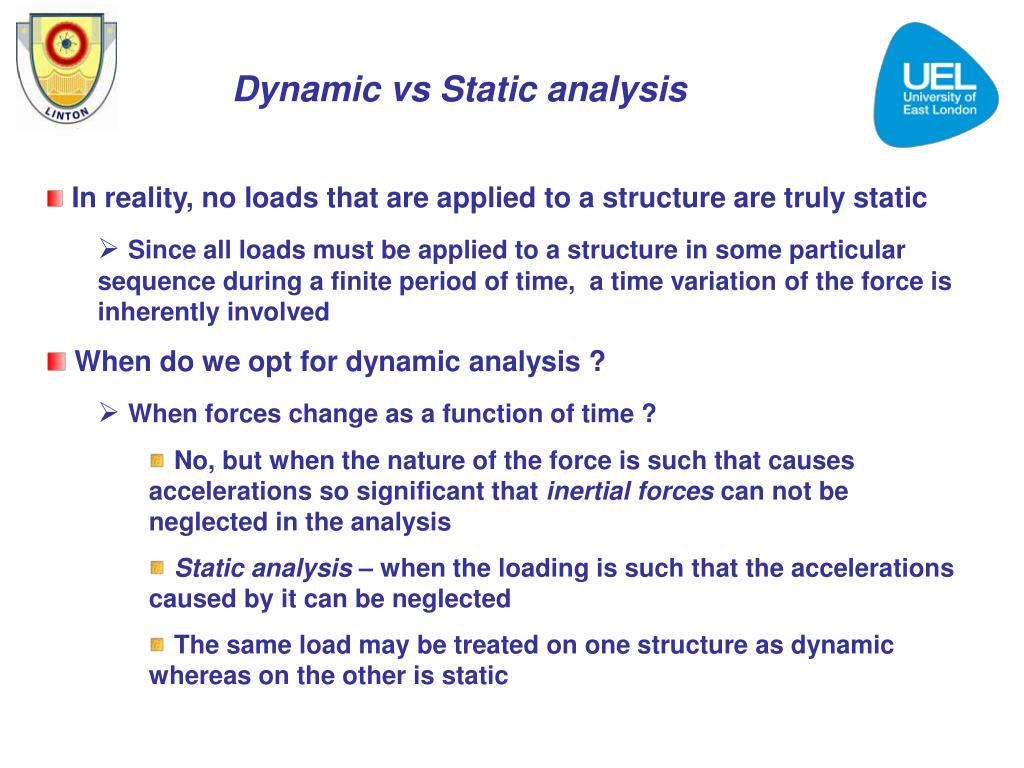

Note: Chapter Numbers are one too high in the E-BookĬhapter 0 is mislabelled as Chapter 1, etc.Ģ: Malware Analysis in Virtual Machines & Non-CCSF students don't have a Discussion Board inĬanvas, but are encouraged to join Twitter and engageįor class-related questions, please send messages inside Canvas or (may be revised) Listed in the schedule with Discussion assignmentįor the topics and requirements, see the Discussion If you take the quiz twice, the higher score counts.ĬCSF students should take quizzes in the CCSFĮach CCSF student must contribute to the Discussion Each quiz has 5 questions, you have ten minutes to take it, and you can make two attempts. You will need to study the textbook chapterīefore the lecture covering it, and take the quiz before that class.Įach quiz is due 30 min. However, you may not ask other people to help you during the quizzes. The quizzes are multiple-choice, online, and open-book. "Practical Malware Analysis: The Hands-On Guide to Dissecting Malicious Software", by Michael Sikorski and Andrew Honig ISBN-10: 1593272901 Recognize comTue packers and how to unpack them.Understand anti-reverse-engineering techniques that impede the use of disassemblers, debuggers, and virtual machines.Explain malware behavior, including launching, encoding, and network signatures.Perform advanced dynamic analysis with a debugger.

Perform advanced static analysis with IDA Pro.Perform basic dynamic analysis with a sandbox.Perform basic static analysis with antivirus scanning and strings.Describe types of malware, including rootkits, Trojans, and viruses.Upon successful completion of this course, the student will be

Learn how to analyze malware, including computer viruses, trojans, and rootkits, using disassemblers, debuggers, static and dynamic analysis, using IDA Pro, OllyDbg and other tools.Īdvisory: CS 110A or equivalent familiarity with programming

CNIT 126: Practical Malware Analysis - Sam BowneĬNIT 126: Practical Malware Analysis Spring 2021 Sam Bowne


 0 kommentar(er)
0 kommentar(er)
